Which iPhone to choose? 11, 12, mini, Pro, Max, Pro Max or maybe SE? From time to time, more than one apple lover longs for the times when the Cupertino company's product range had a clear order and nomenclature. A modest but clear offer of devices, which did not give customers space to think long between many configurations and colors, was considered one of the ingredients in the recipe for Apple's success. Unfortunately, those times are over. With a bit of nostalgia, this article recalls the times when Apple's offer was overflowing with clarity, points out some peculiarities of Apple terminology from the present and from history, and clarifies how the strategy of the Californian giant has changed in recent years and what advantages this change brings for customers.

Product names in the early days of Apple
The product names of Apple devices have evolved over time, as has all of Apple. It all started with the simple numbering of the models of the first Apple computer - Apple I, Apple II, Apple III. and Apple Lisa. This was followed by the Macintosh era and, from the beginning, the clear names Plus or XL. However, with the departure of Steve Jobs, the revolutionary computers began to receive more and more obnoxious names, which rather confused ordinary customers. Looking at Apple's range of computers in 1989, an interested party had to choose between several Mac variants with rather confusing names. Macintosh IIx, IIcx, IIci and later LC, IIsi, IIvx and others. In the XNUMXs, products such as Quadra or Performa appeared, in which even the original effort for clear terminology completely disappeared. As expected, the change came only with the return of Steve Jobs to Apple. With the well-known visionary, clarity gradually returned to the apple corporation (as well as customers leaving in previous years). Iconic new products such as iMac, iBook, iPod, MacBook arrived, and older products with complicated labels were gradually phased out. The result was a very organized menu, complete with iPhones and iPads. But as the following lines will show, in recent years there has been a visible tendency to make product selection a bit more complicated for customers.
A unique gallery of products released by Apple for the 30th anniversary of the introduction of the Mac in 2014:
Eight years ago and today
Let's go back to November 2012. If we focus our observations primarily on mobile devices, we will come to the conclusion that a year after the death of Steve Jobs, the range of Apple products was characterized by extreme clarity. At the time, the current offer included two iPhone models (iPhone 4S and iPhone 5) in two colors, two versions of the iPad (the fourth generation and the newly introduced iPad mini) and now completely buried iPods. Dot. This was Apple's main offer in the field of mobile devices. The offer in the field of computers at that time (MacBook Air and Pro, iMac, Mac Pro and Mac mini) is, apart from the iMac Pro, completely identical to the current one, so we will mainly deal with mobile devices.
Year 2012 and 2020. Comparison in several photos:
What is the situation today? A total of 7 different iPhone models (iPhone XR, iPhone 11, iPhone SE, iPhone 12, iPhone 12 mini, iPhone 12 Pro and iPhone 12 Pro Max) can be bought or pre-ordered today at the Apple Online Store in so many color variants that even the author of the article was overwhelmed laziness to count them all. In addition, 5 iPad models (iPad Pro 12.9", iPad Pro 11", iPad Air, iPad 8th generation, iPad mini), 3 basic types of Apple Watch (Series 3, SE, Series 6) and 2 special in the form of Apple Watch Nike and Hermès. It is clear to everyone that a lot has changed in the last eight years. And it was the introduction of the last mentioned product, the Apple Watch, that represented a major turning point in this shift.
A new strategy. The right product for a long time
September 2014 can be seen as a real turning point in this regard. It was with the introduction of the Apple Watch that Apple definitively stopped being the strict company that wanted every single product to have only a minimum of variants (with the exception of the iPod and occasional escapes in the form of the iBook or the iPhone 5C). The Californian giant thus essentially forced customers to adapt to its offer. It worked very well, but a whole new era began with the watch. Since then, with each product, the customer has been given more and more options to choose exactly the product that he prefers in color, or possibly customize it, as is the case with the Apple Watch. These changes are related to a further shift in the apple company's strategy. Today, Apple is no longer visibly betting on customers who change products every year (and therefore does not need to put as much emphasis on choosing the right one). On the contrary, they subconsciously encourage their customers to carefully choose the right (and sometimes more expensive) product that will last them for several years.
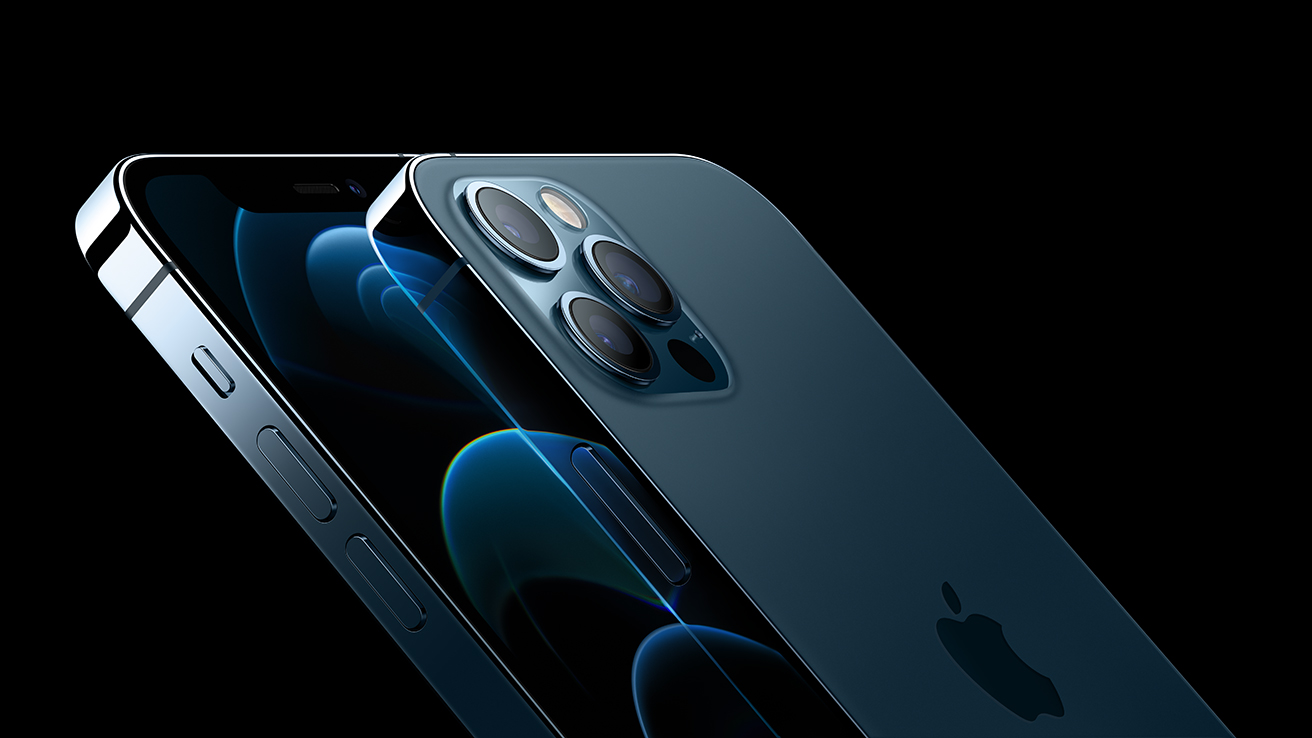
Why there was no iPhone 9 and confusion in iPads
With the increasing number of new device models, Apple has not avoided a few confusions in the names of its products. In the case of the iPhone, a bit of chaos in the numbering began with the arrival of the iPhone X, which was introduced alongside the iPhone 8 in 2017. It was then the tenth anniversary of the introduction of the first generation of the iPhone, so Apple used the opportunity to introduce a completely new generation with the designation X. Name From the beginning, X was promoted by Apple as the number ten (English ten), but not only in the Czech Republic, but also in the world, the designation read as the letter X became accepted. Therefore, many customers did not discover the meaning of this new name at all and did not understand why the ninth generation was omitted . A year later, Apple completely deviated from its line and introduced the iPhone XS, XS Max and XR. It wasn't until 2019 that we got the iPhone 11 and perhaps a clear numbering system for the years to come. The iPhone 9 was completely omitted due to the tenth anniversary of the introduction of the iPhone.
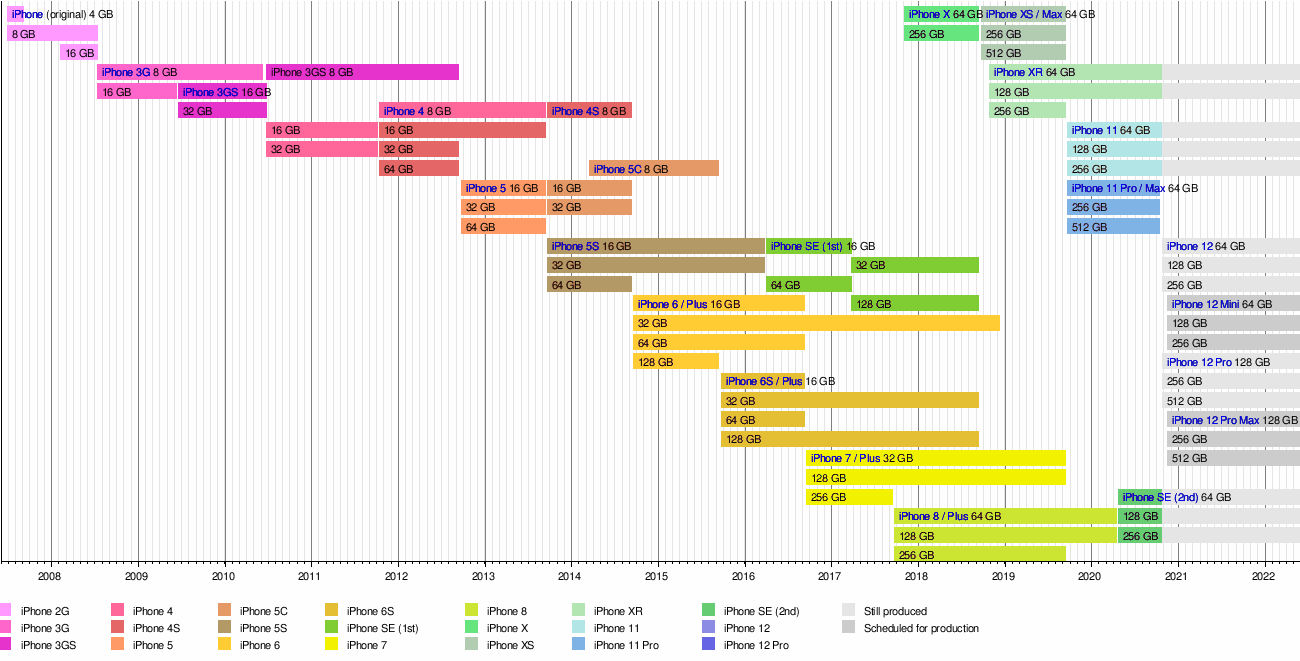
We can still see another of the confusions today, especially in the case of iPads. When the iPad, which Apple officially referred to as the 2019th generation iPad, was introduced a year ago (7), many times even seasoned Apple fans had to wonder what the previous six models actually looked like. With the iPad, we mostly encountered the first two generations (iPad and iPad 2), with the name "The New iPad", and since then the generation designation was often omitted. Another complication came with the iPad Air. Its first generation was introduced in 2013, and that seemed to be the end of the original version of the iPad. However, after a two-year hiatus, in 2017 Apple surprised with the 5th generation iPad, but it was often referred to as iPad (2017) in stores. Even the basically identical design to the iPad Air of the time did not make it easy for customers to distinguish it. Today, however, it seems that after years of reflection, Apple has found a clear system in the nomenclature of its tablets and relies on the iPad Pro in two sizes, the cheaper and more colorful iPad Air and the cheapest iPad of the 8th generation. What will happen to the iPad mini in the future is not entirely clear.

A shift for the better. For apple growers and apple companies
More models, more sizes, more colors. For apple growers who are familiar with the differences between individual products, the current trend is a definite advantage. They can carefully choose exactly the product they need for their use. And since the properties of products today are not made in leaps and bounds, but rather in smaller steps, the customer can count on the fact that the product will last him for some time without appearing outdated. On the contrary, customers with less insight may be embarrassed by the number of types of devices. However, compared to other players in the mobile sector, in the case of Apple, one cannot complain about the clarity of the portfolio. Looking at Samsung, we can find over fifty models in the current offer with names that are often very confusing or do not mean anything, the offer at Huawei looks similar. Moreover, in the case of the mentioned two companies, an article on this topic could probably be imagined by few. The larger number of products and their labeling is definitely not a reason for criticism. Exactly opposite. Who wouldn't be happy to finally be able to choose the iPhone in the size and color they've always imagined?
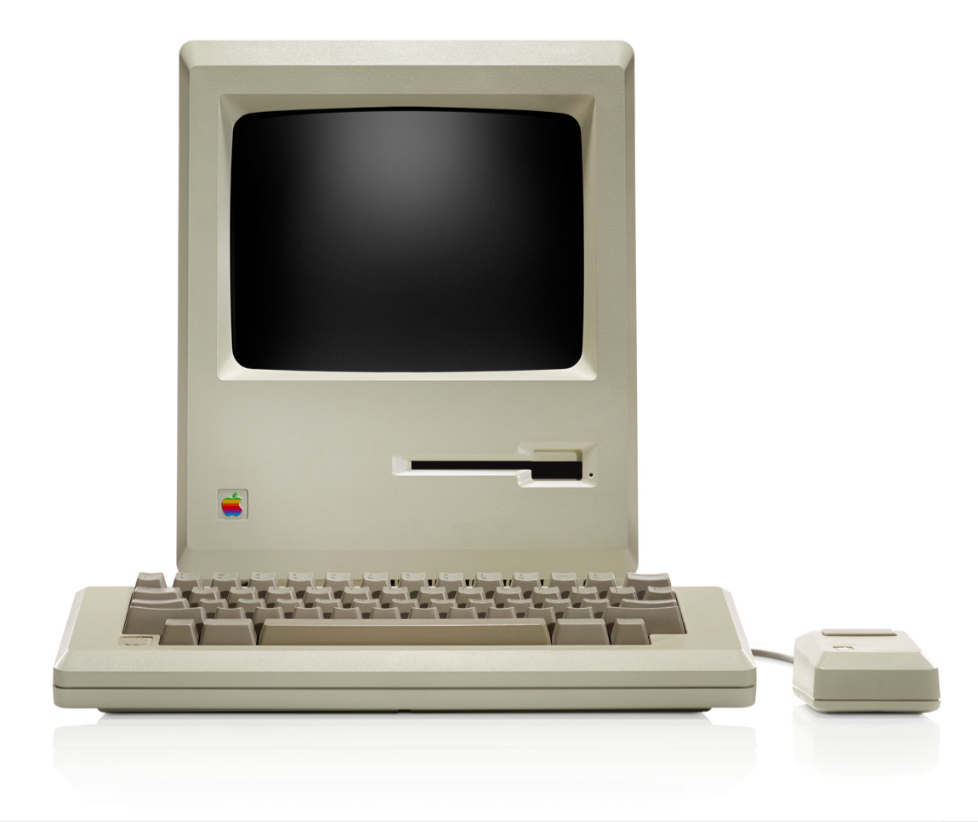
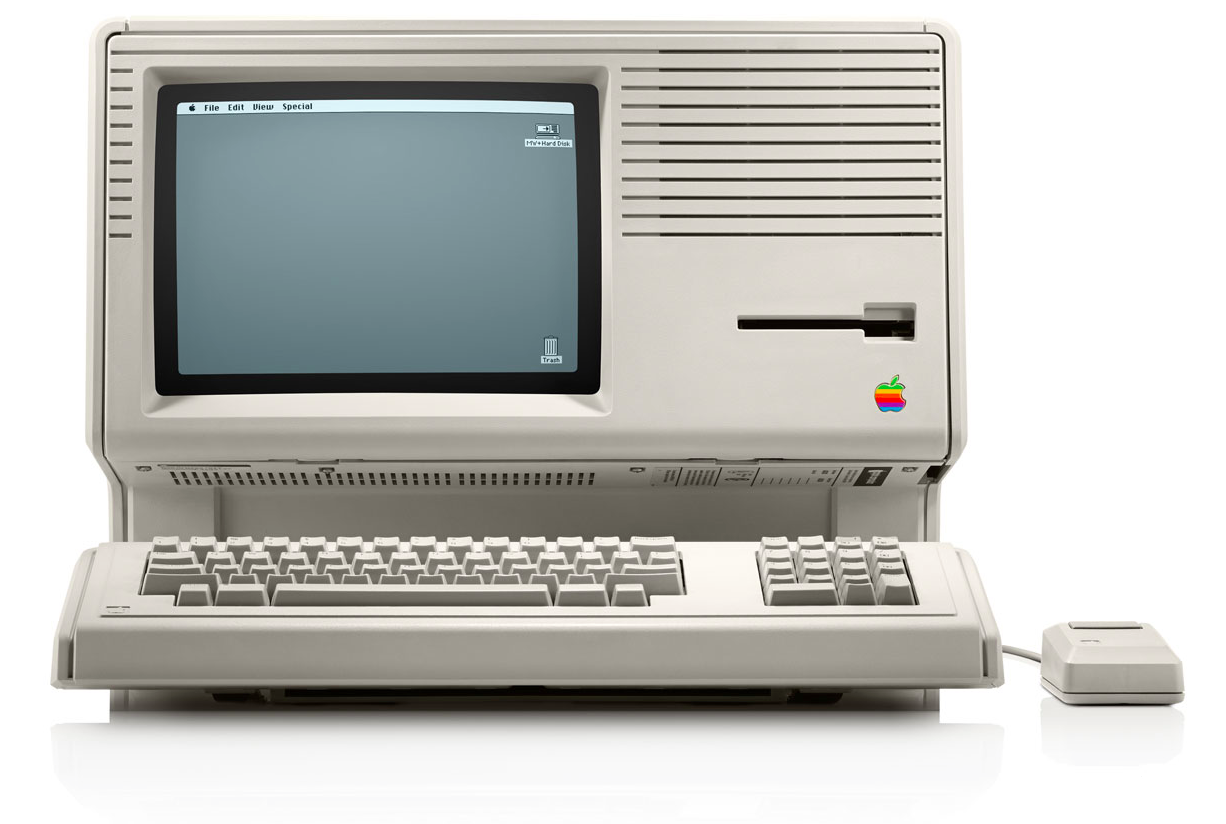

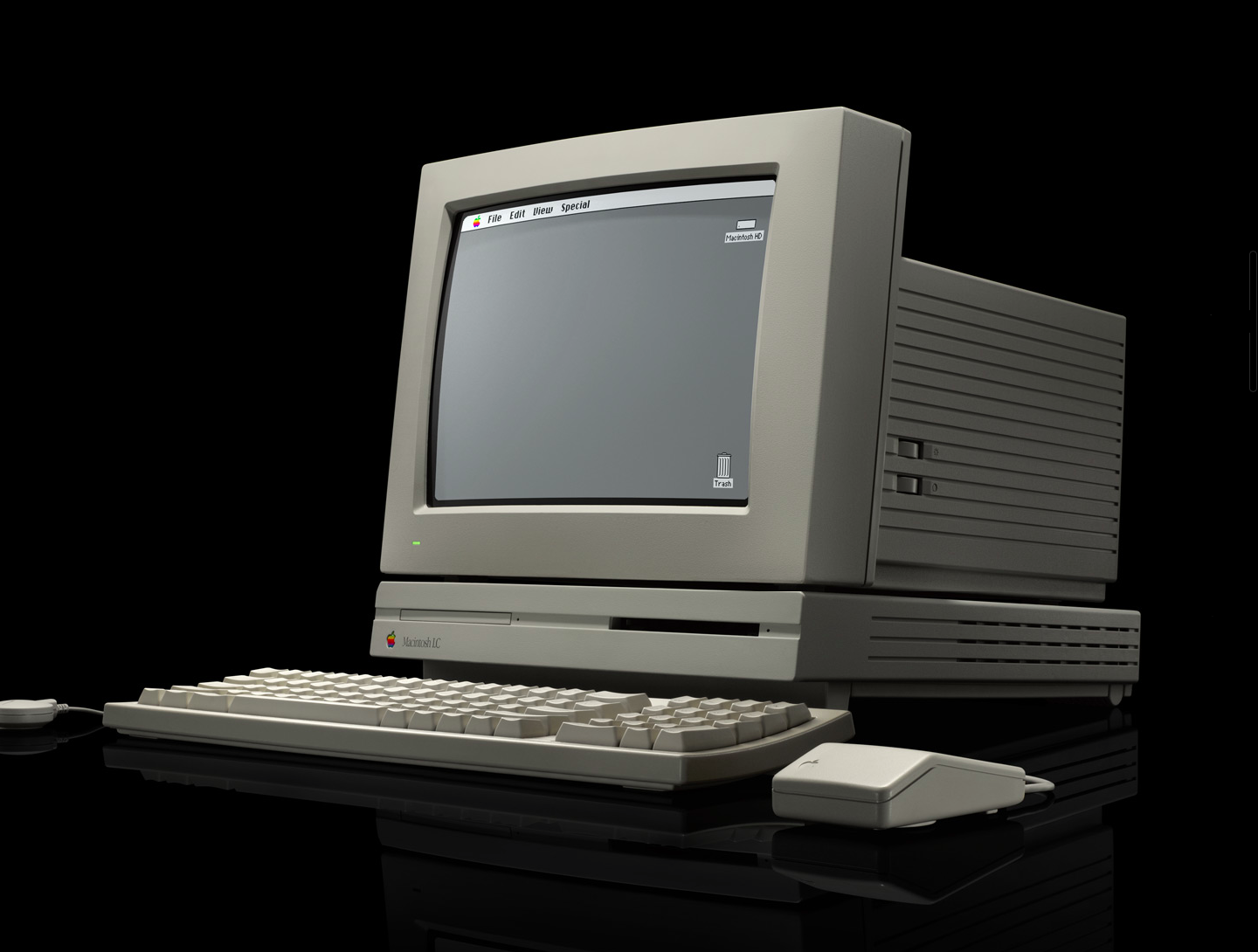
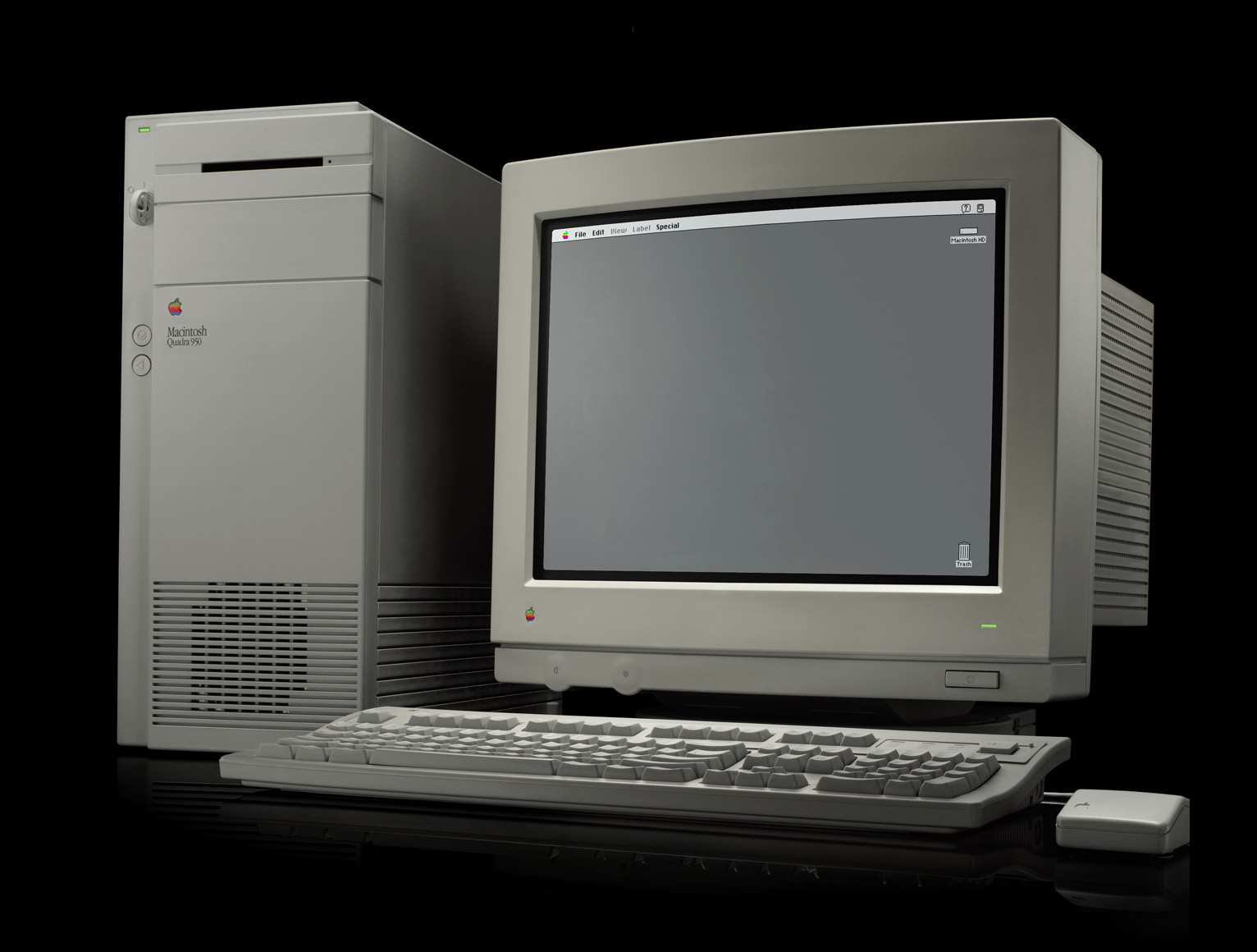
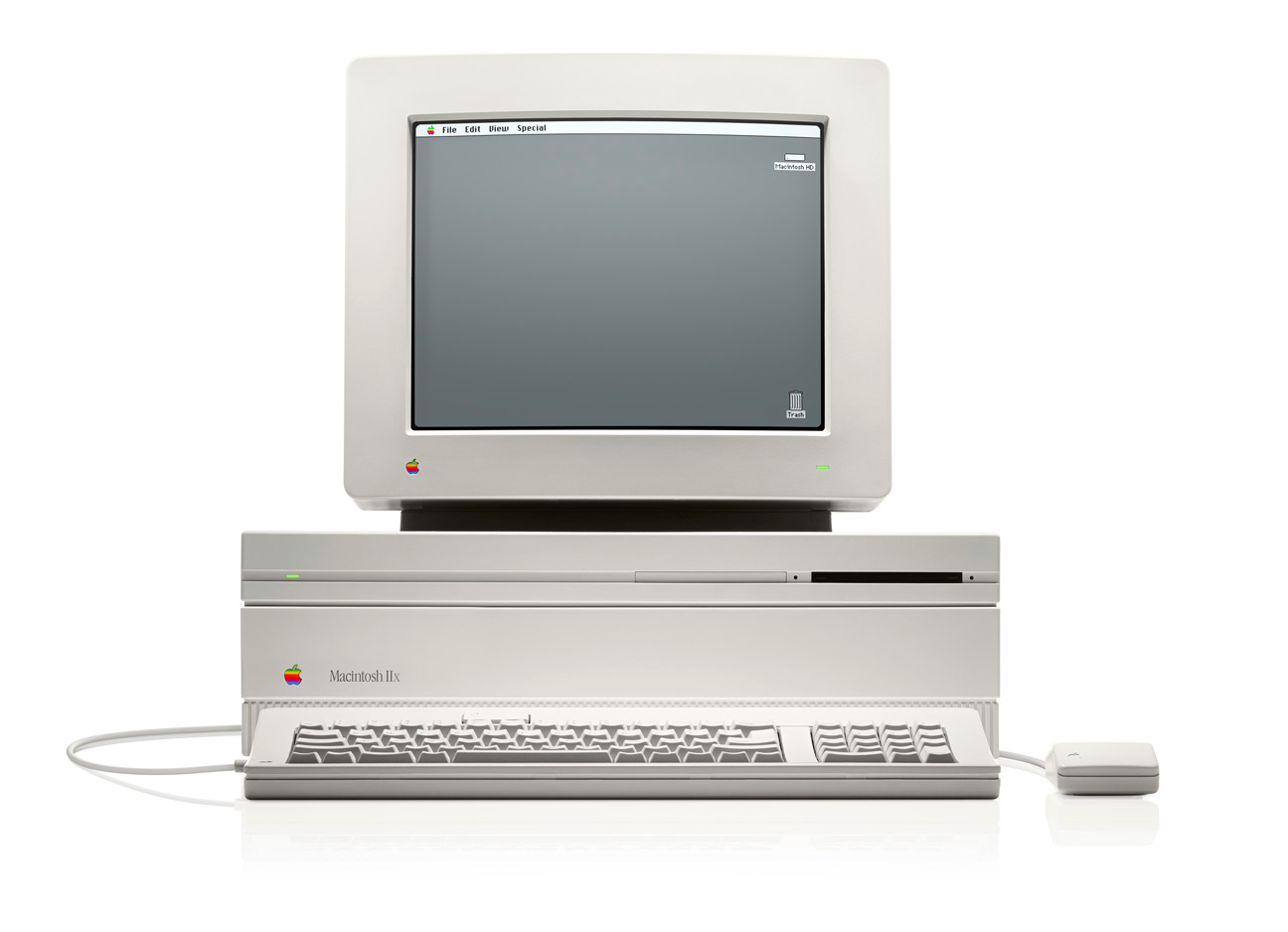
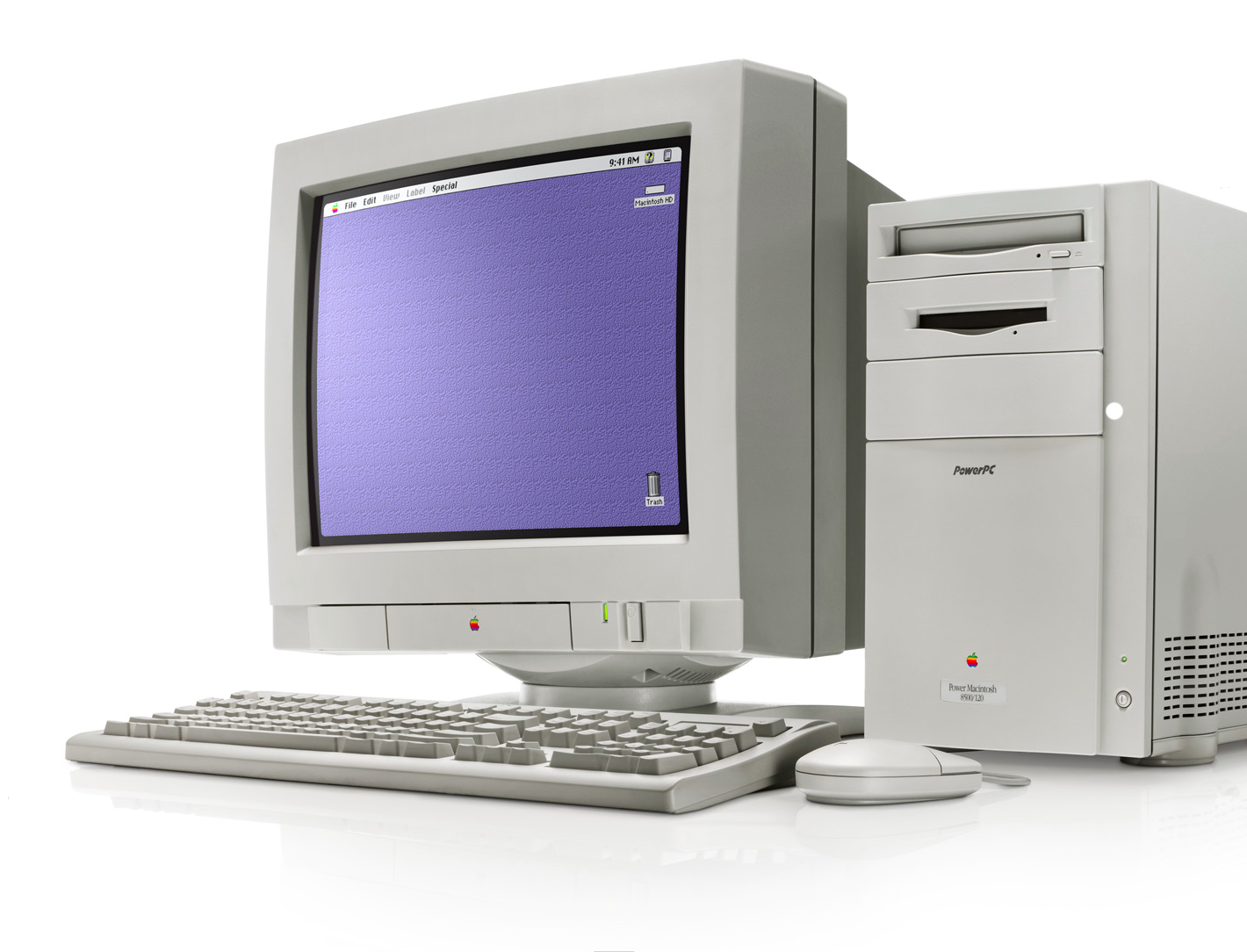

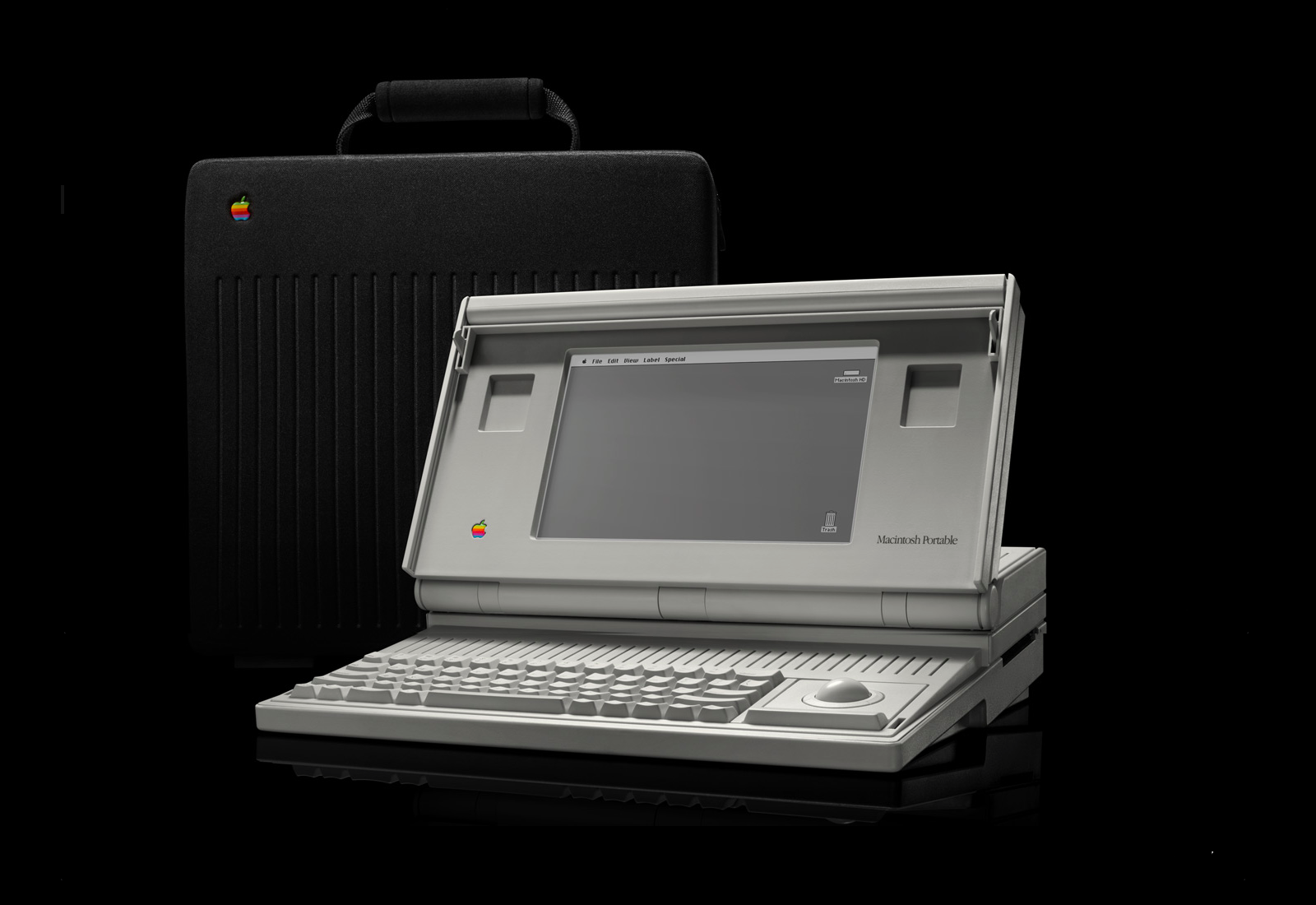
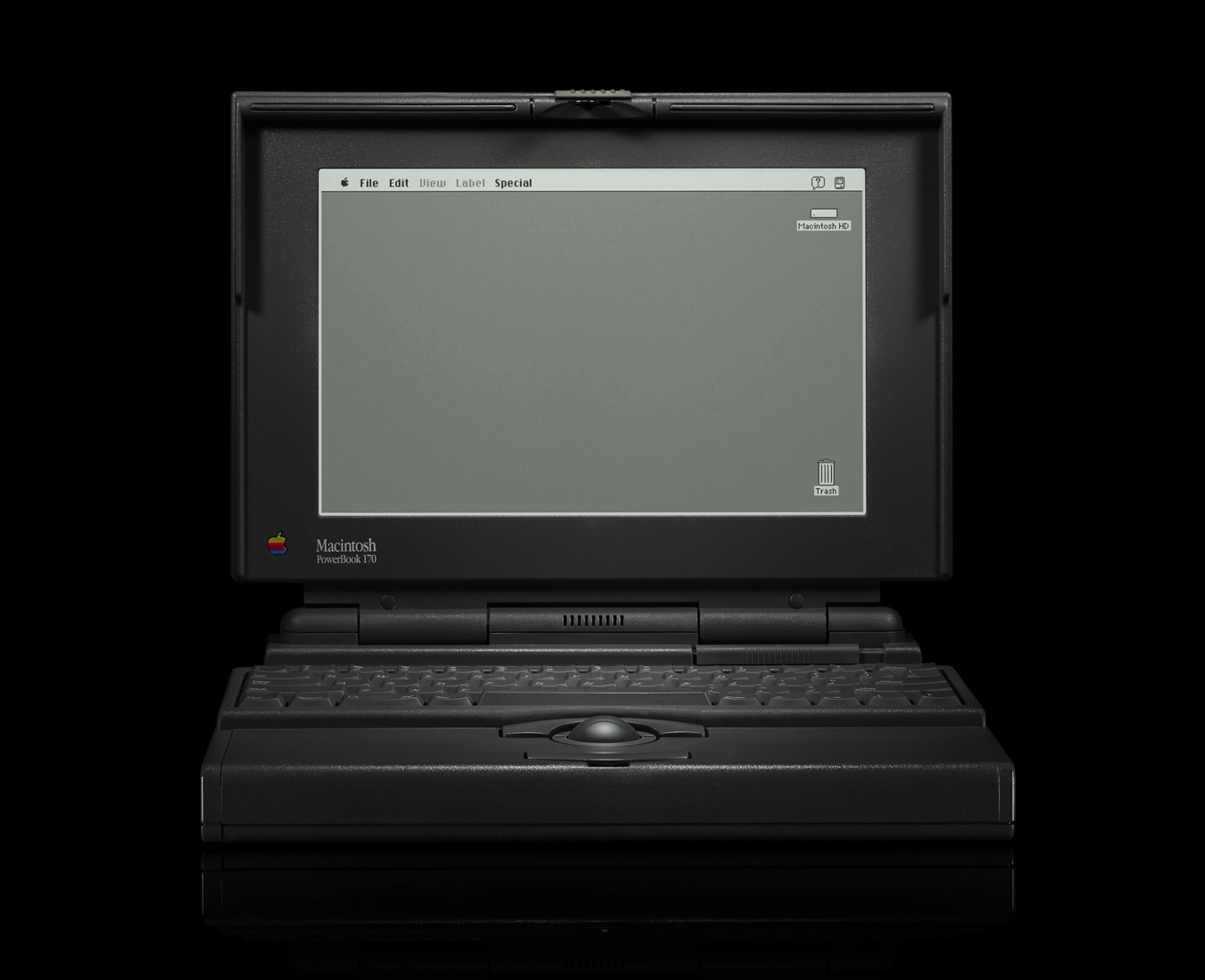
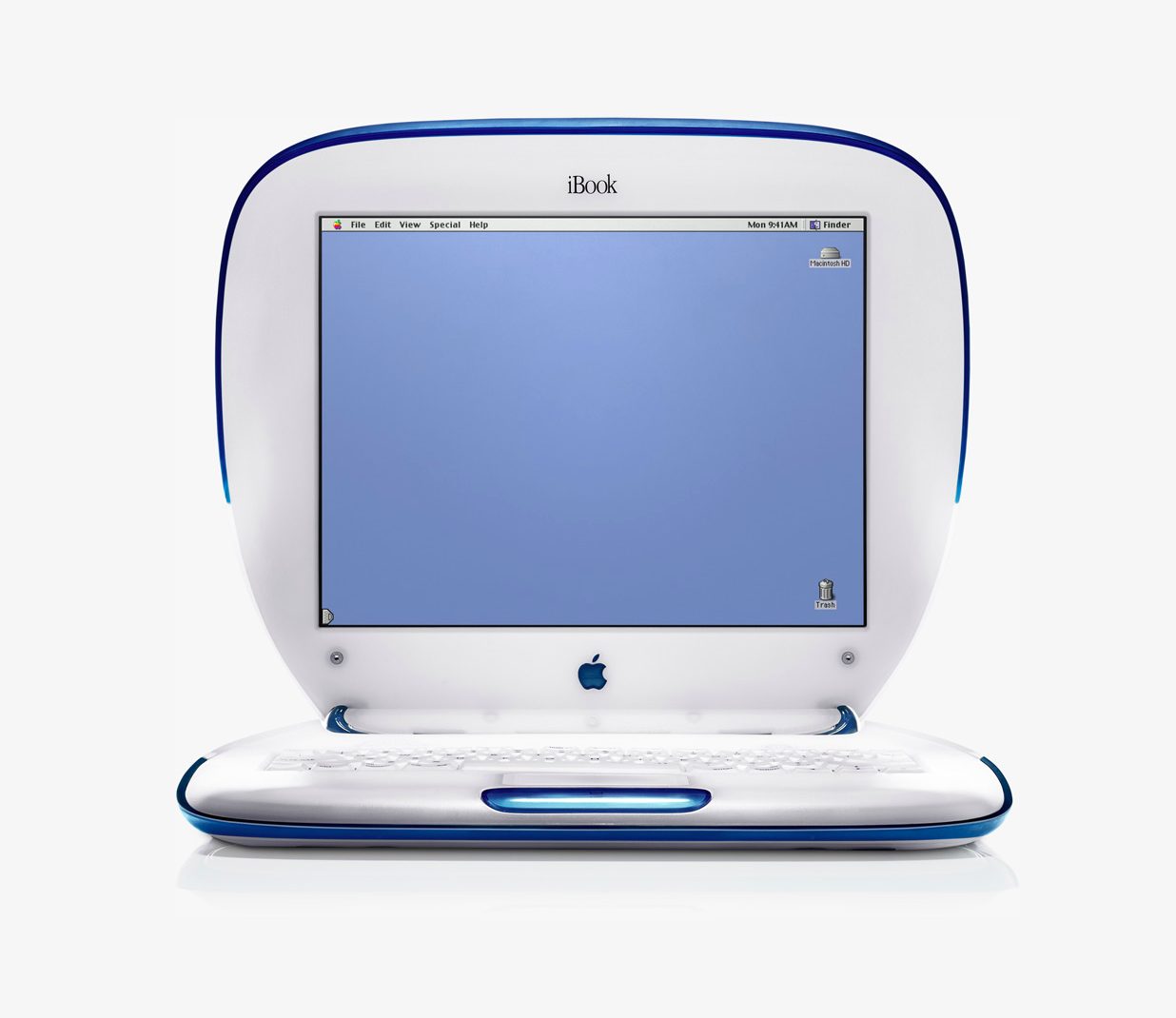

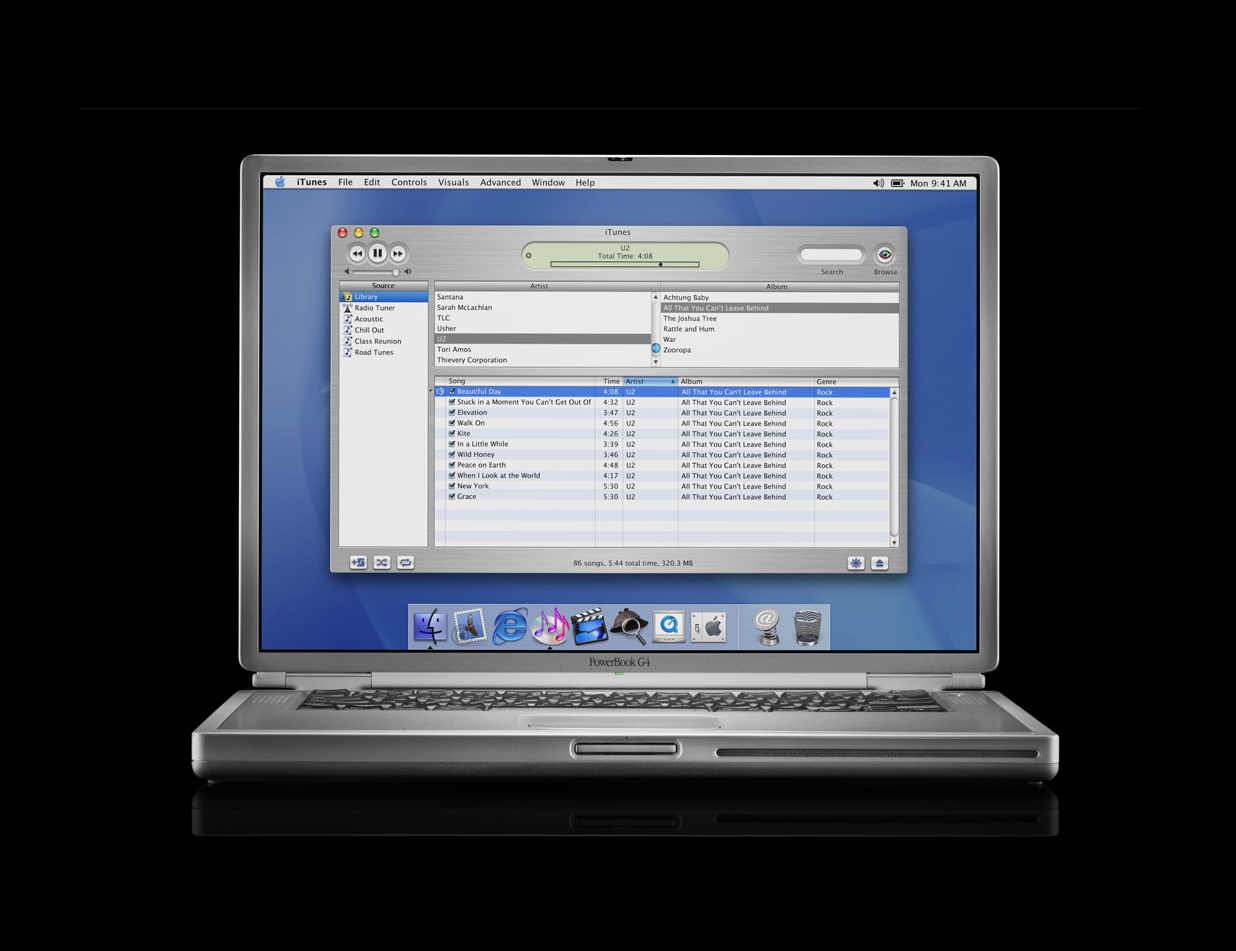


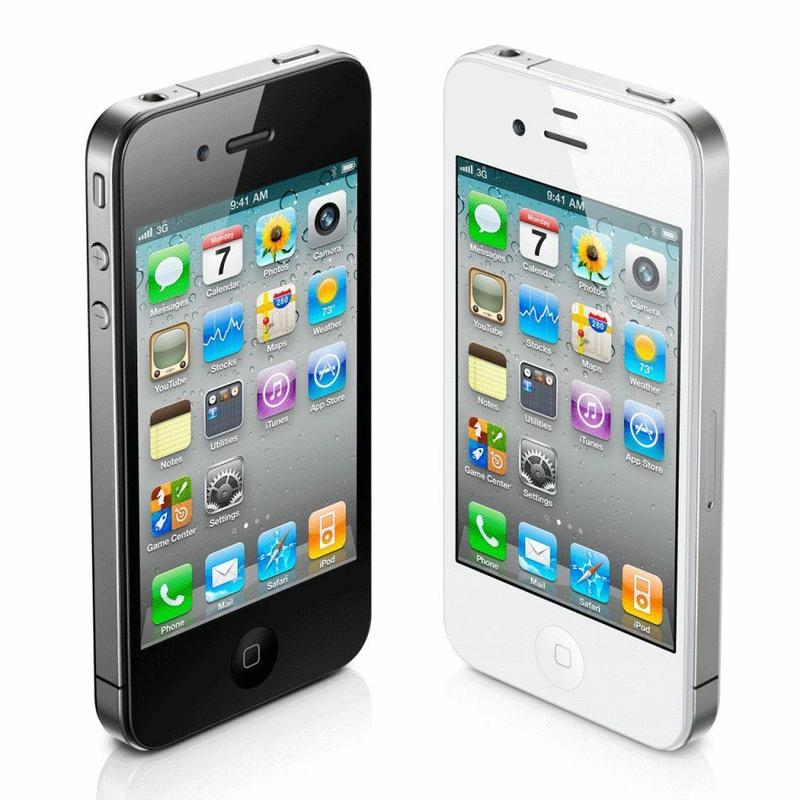
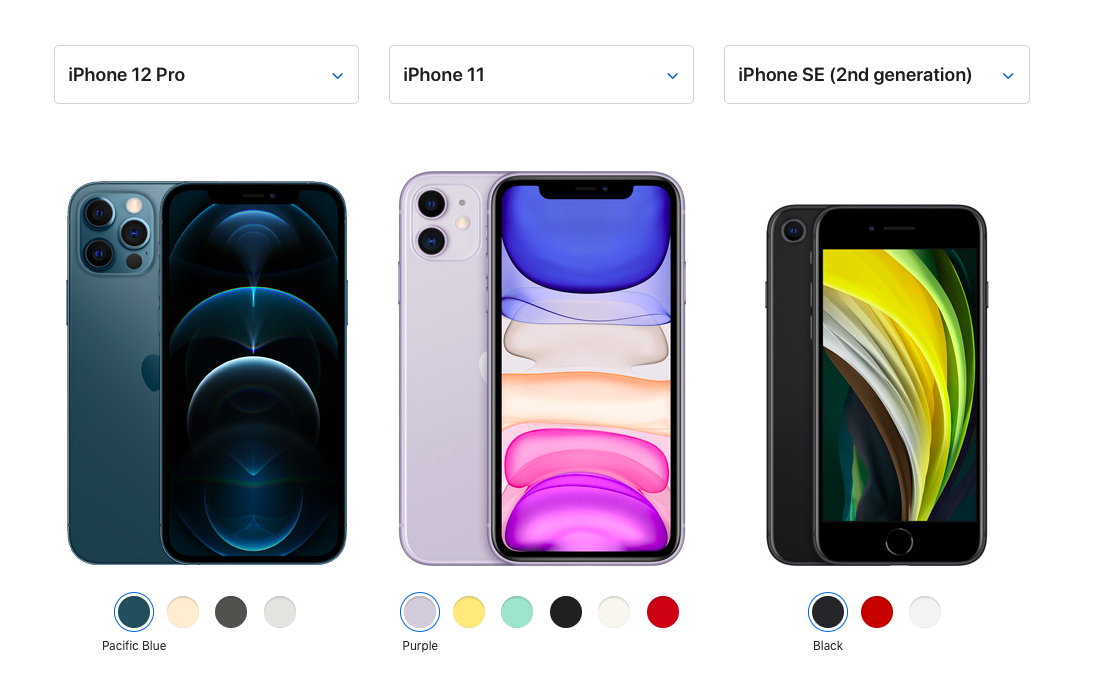
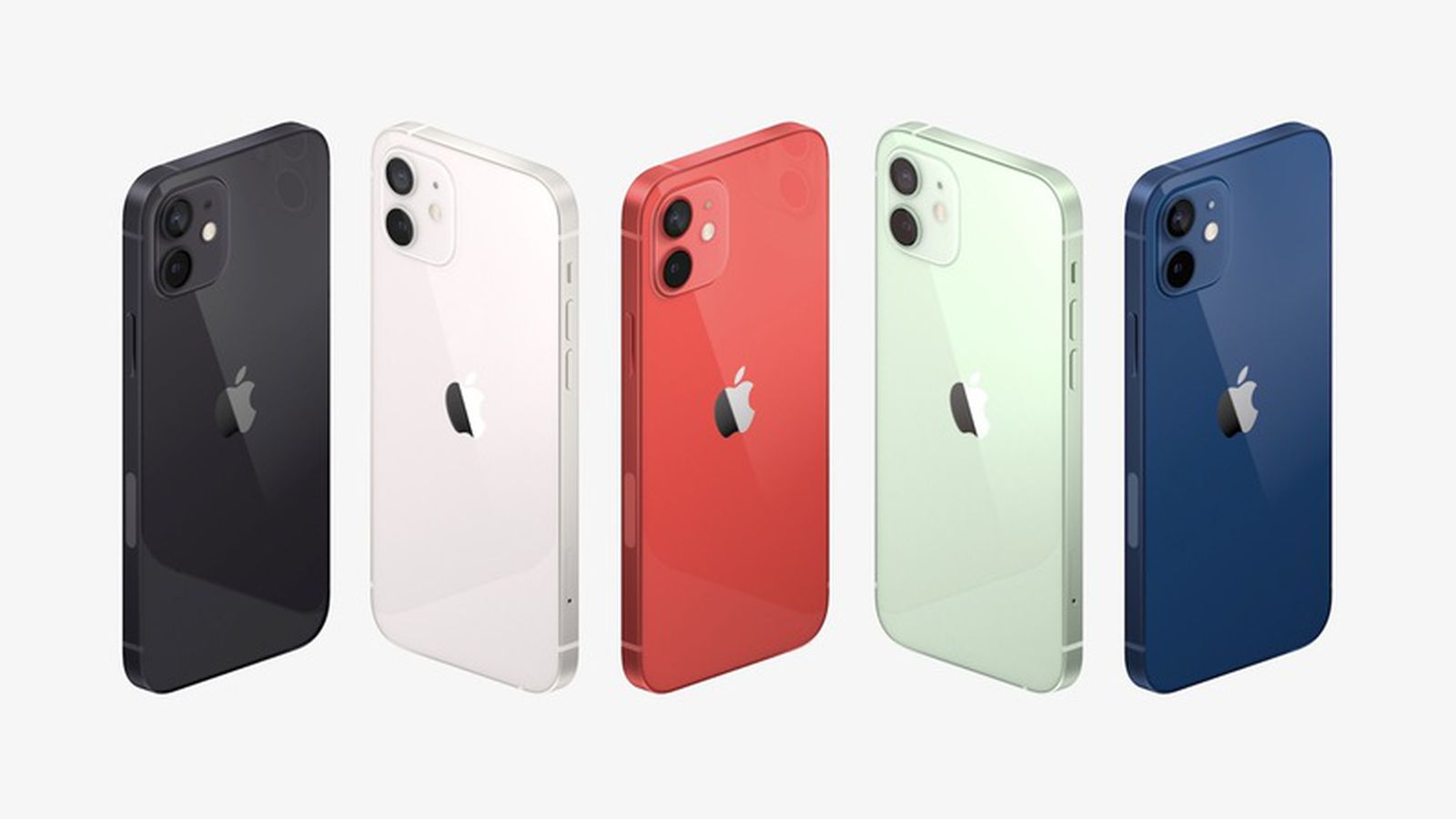
Steve Jobs would have solved it immediately, 2 iPhones, 2 iPads, 2 Macbooks, 1 imac , 1x pro , 2 types of watch and solved, too bad he is no longer with us, RIP
Can someone explain to me why they stopped supporting the XS and left the weaker XR instead?
Life.
Because it is a premium model. Premium always disappears from the offer first after the introduction of a new line.